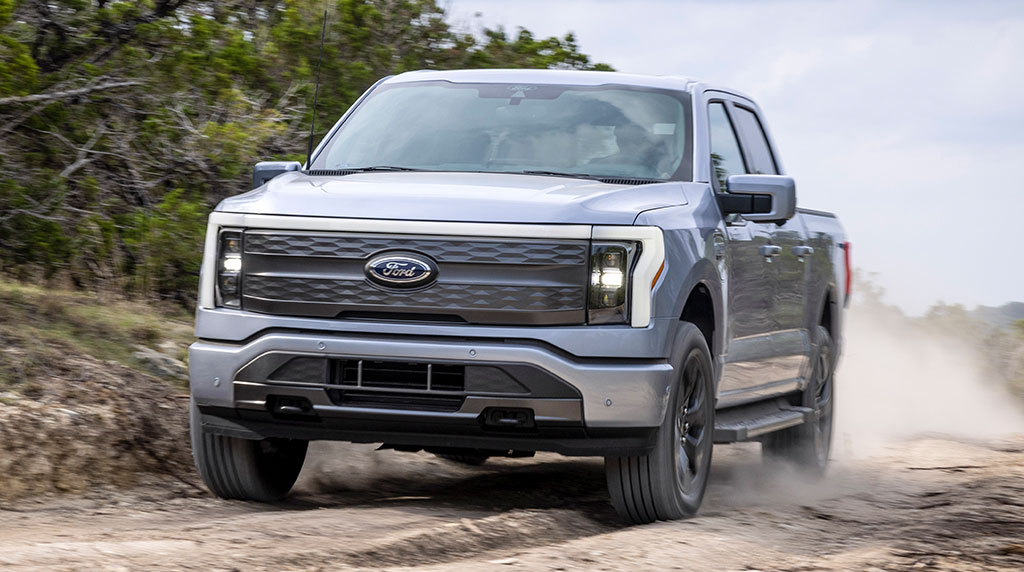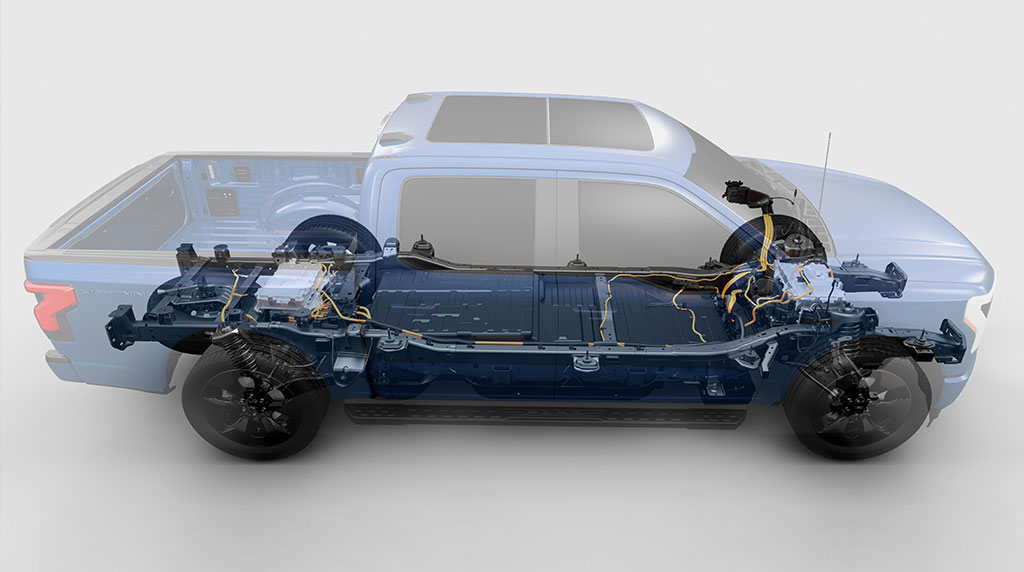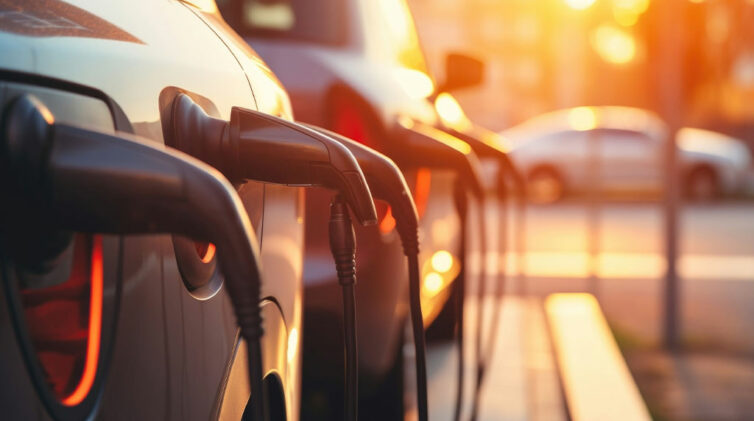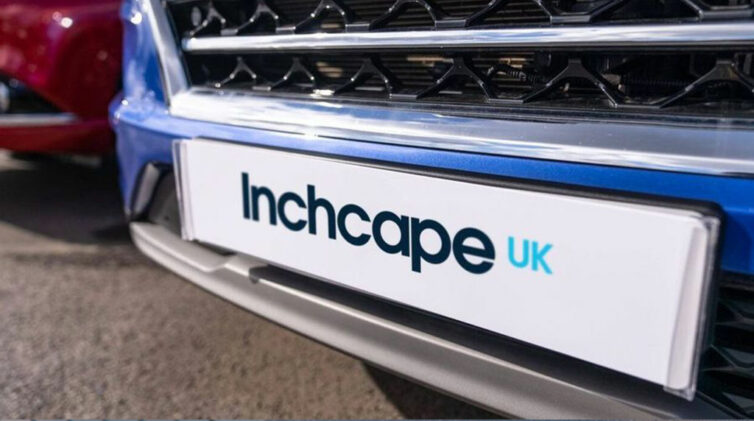The UK motor insurers’ automotive research centre, Thatcham Research, this week reported that motorists could face continued rises in EV insurance policy premiums if OEMs don’t recognise the effect of minor accidents on the car’s batteries.
Writing in Automotive Management Online (AM Online), Thatcham Research director Matthew Avery said that in the majority of EV accidents, there was “no way to repair or assess even slightly damaged battery packs after accidents, forcing insurance companies to write off cars.”
This was leading to higher premiums.
“We’re buying electric cars for sustainability reasons, but an EV isn’t very sustainable if you’ve got to throw the battery away after a minor collision,” he said.
News agency Reuters recently reported that EV battery packs were now “piling up” in scrap yards as a result of cars being written off with relatively minor damage.
Reuters said some car-makers, including Ford, are making battery packs easier to repair. But it said that others, such as Tesla “have opted to use structural battery packs, which are said to have ‘zero repairability’.”
Insurers and industry experts quoted by Reuters said that unless OEMs, including Tesla, produce more easily repairable battery packs and provide third-party access to battery cell data “already-high insurance premiums will keep rising as EV sales grow and more low-mileage cars get scrapped after collisions.”
Insurance giant Allianz has a research institute called the Allianz Centre for Technology based in Germany. Its managing director, Christoph Lauterwasser, said: “The number of cases is going to increase, so the handling of batteries is a crucial point.”
Mr Lauterwasser said EV battery production emitted more CO2 than fossil-fuel models, meaning EVs must be driven for thousands of kilometres before they offset those extra emissions.
“If you throw away the vehicle at an early stage, you’ve lost pretty much all advantage in terms of CO2 emissions,” he said.
Allianz has seen scratched battery packs where the cells inside are likely undamaged, but without diagnostic data it has to write off those vehicles.
A replacement battery for a Tesla Model 3 was recently priced in Australia at $A17,000, including labour.
In the US, replacing a module of the battery of the Ford Lightning pick-up is $A6500 per battery module and $A54,000 to replace the entire battery pack. To replace the battery pack would also cost around $A1000 in labour costs.
In the US, it now costs more to insure most EVs than traditional cars. Online US brokerage Policygenius said that the average US monthly EV insurance payment in 2023 is $US206 ($A305), 27 per cent more than for a combustion-engine model.
In Australia, insurance premiums for EVs are not regarded as excessive. The RACV’s running cost survey for 2022 showed that Hyundai’s Ioniq 5 EV cost $1937.59 a month to own and run compared with Hyundai’s petrol-fuelled Sonata at $1612 a month.
The difference was attributed to the higher purchase price of the Ioniq 5 ($78,442,70) compared with the Sonata ($56,830.80) and the resulting loan repayments.
For fuel costs over a month, the RACV said the Ioniq 5 cost $84.63, about half that of the Sonata at $194.10. Likewise, servicing the EV was $28.23 a month, about half the Sonata at $48.50.
Despite the poor survival rate of their batteries, EVs have consistently performed well in Euro NCAP crash tests in recent times.
Tesla’s Model Y, the Mazda MX-30 and Volkswagen’s ID.3 are among a long list of EVs to record five-star ratings.
However, Reuter’s research suggests their batteries are more vulnerable than occupants in the event of a collision.
Michael Hill, head of operations at Doncaster-based salvage company Synetiq in the UK, told AM Online that the number of EVs in the isolation bay at its facility – where they must be checked to avoid fire risk – has soared in the last 12 months. The company now processes around 20 per day.
“We’ve seen a really big shift and it’s across all manufacturers,” he said.
The UK currently has no EV battery recycling facilities, so Synetiq must remove the batteries from written-off cars and store them in containers.
Mr Hill estimated at least 95 per cent of the cells in the hundreds of EV battery packs – and thousands of hybrid battery packs – Synetiq has stored at Doncaster are undamaged and should be reused.
In Australia, the Insurance Council of Australia showed there were several reasons why the cost of insurance premiums for electric vehicles varied to petrol or diesel cars.
In the first instance, electric vehicles were generally expensive vehicles to purchase.
The ICA said dealing with damaged electric vehicle batteries was “time and labour consuming” and “required specialty equipment and disposal (recycling) methods.”
The ICA said in a statement that other reasons included:
- The technology and parts in an electric vehicle are more expensive to produce and replace, specifically motor parts and battery
- Repairing damaged electric vehicles requires importing parts to Australia
- There are few electric vehicle service centres around Australia that can repair electric vehicles.
- Vehicles may need to be transported to a distant location to be repaired
- Repairing electric vehicles requires specialty tradespeople, at present there are few of these trained people in Australia
- Dealing with damaged electric vehicle batteries is time and labour consuming. It also requires specialty equipment and disposal (recycling) methods
- The supply chain in Australia is in its infancy leading to higher costs, the situation here will not improve until the demand and then supply increases
The ICA statement also pointed out “many factors are considered when calculating a premium”.
By Neil Dowling















 Read More: Related articles
Read More: Related articles

